Home>Articles>What Is The Approximate Power Of A Typical Microwave Oven
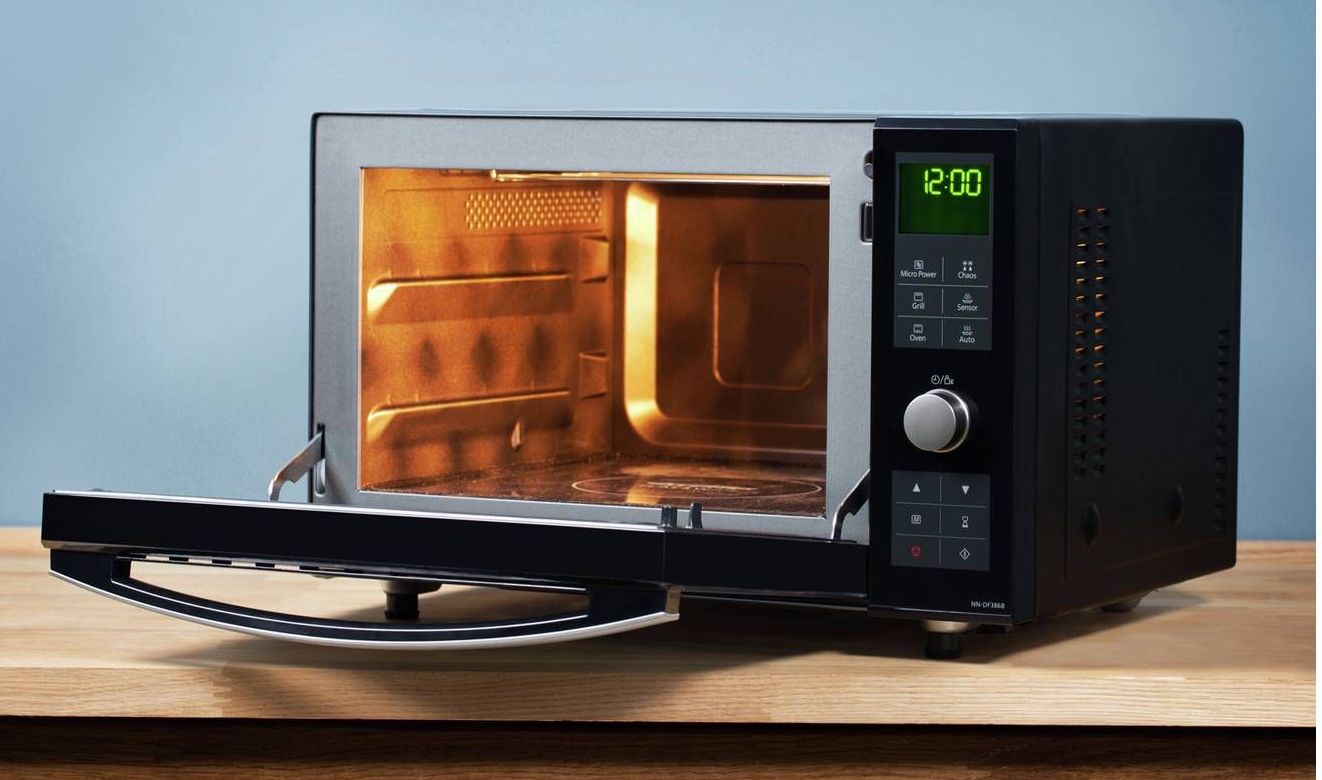

Articles
What Is The Approximate Power Of A Typical Microwave Oven
Modified: August 16, 2024
Discover the approximate power of a typical microwave oven with this informative article. Learn how different wattages can affect your cooking time and efficiency.
(Many of the links in this article redirect to a specific reviewed product. Your purchase of these products through affiliate links helps to generate commission for Storables.com, at no extra cost. Learn more)
Introduction
Welcome to the world of microwave ovens! These handy kitchen appliances have become an integral part of our daily lives, offering convenience and speed when it comes to food preparation. Whether you’re reheating leftovers, defrosting frozen items, or cooking a quick meal, the microwave oven has certainly revolutionized our cooking routines.
However, have you ever wondered how a microwave oven actually works? What makes it so efficient at heating food in a matter of minutes? And what is the approximate power that a typical microwave oven operates at? In this article, we will delve into the inner workings of a microwave oven, explore the concept of power, and understand its significance in the world of microwaving.
So, grab a snack and let’s dive into the fascinating world of microwave ovens and their power!
Key Takeaways:
- Microwave ovens operate at varying power levels, influencing cooking time and efficiency. Higher wattage models offer faster cooking and more versatile options, making them suitable for larger households and diverse cooking needs.
- Understanding the power of a microwave oven is essential for optimal cooking performance. Factors such as wattage, energy efficiency, and cavity size impact power output, influencing the appliance’s suitability for specific cooking requirements.
Read more: What Is A Microwave Oven
How do microwave ovens work?
Microwave ovens operate on the principle of electromagnetic radiation, specifically in the microwave frequency range. They generate microwave energy, which is then absorbed by the food, causing water molecules in the food to vibrate and heat up. This process is known as dielectric heating.
Inside a microwave oven, there is a magnetron, a device that generates high-frequency microwaves. These microwaves are then directed into the oven cavity by a waveguide system. Once inside the cavity, the microwaves bounce around and penetrate the food, exciting the water molecules.
The vibrating water molecules generate heat, which in turn heats up the surrounding food. The microwave energy is absorbed by water molecules more efficiently than by other molecules in the food, making it an effective heating method. This is why items with higher water content, such as fruits and vegetables, tend to heat up faster in a microwave oven.
It’s essential to note that microwave ovens heat food from the inside out, unlike conventional ovens that rely on convection and radiant heat to cook food from the outside. This fundamental difference in heating mechanism allows for faster and more uniform cooking in microwave ovens.
In addition to heating food, microwave ovens also have a turntable or rotating plate inside the cavity. This rotation ensures even distribution of the microwaves, resulting in consistent cooking throughout the food. Some microwave ovens also feature a combination of microwave and convection heating, providing the option for browning and crisping of food.
Now that we have a basic understanding of how microwave ovens work, let’s explore the concept of power and its role in the operation of these appliances.
Understanding power in a microwave oven
The power of a microwave oven refers to the amount of microwave energy it emits, measured in watts. This is an important factor to consider when using a microwave oven, as it directly affects the cooking time and efficiency of the appliance.
When you set the cooking time on a microwave oven, you are essentially specifying how long the oven should emit microwaves to heat your food. The power level determines how much energy is released per unit of time. For example, if you set a cooking time of 2 minutes and the microwave oven operates at 1,000 watts, it will emit 1,000 joules of energy every second for 2 minutes.
Higher wattage microwave ovens generally heat food faster because they release more energy per unit of time. However, the wattage alone does not determine the cooking performance of a microwave oven. Other factors, such as the size and design of the oven cavity, its insulation, and the distribution of microwaves, can also influence cooking speed and efficiency.
Most microwave ovens allow you to adjust the power level to suit your cooking needs. By reducing the power level, you are effectively reducing the amount of energy emitted by the microwave oven. This can be particularly useful when you want to defrost food or cook delicate items that require gentler heating.
It’s important to note that not all microwave ovens offer the same range of power levels. Some models may have only a few pre-set power options, while others provide a wider range of adjustable power settings. If you frequently cook a variety of foods, it can be beneficial to choose a microwave oven with more flexibility in power settings.
Now that we have a grasp on the concept of power in a microwave oven, let’s explore the factors that can affect the power output of a typical microwave oven.
Factors affecting the power of a typical microwave oven
Several factors can influence the power output of a typical microwave oven. Understanding these factors can help you make informed decisions when selecting and using a microwave oven.
1. Wattage: The wattage of a microwave oven is a primary factor in determining its power output. Higher wattage microwaves generally have greater power and can cook food faster. Microwaves with wattage ranging from 600 to 1200 watts are commonly available in the market.
2. Energy Efficiency: Microwave ovens with higher energy efficiency convert a greater percentage of electricity into microwave energy. This results in a more powerful microwave oven that heats food more quickly and efficiently.
3. Cavity Size: The size of the oven cavity can impact the power output. A larger cavity allows for better distribution and penetration of microwaves, resulting in more efficient cooking. However, it’s important to note that a larger cavity may require a higher wattage to achieve the same cooking performance as a smaller oven.
4. Waveguide Design: The design and quality of the waveguide system, which directs the microwaves into the oven cavity, can affect the power distribution. A well-designed waveguide ensures even distribution of microwaves, resulting in consistent and efficient cooking.
5. Food Placement: The way you arrange food inside the microwave oven can also impact the power output. Placing food closer to the center of the turntable ensures it receives maximum exposure to the microwaves, leading to more effective heating.
6. Age and Condition: Over time, the power output of a microwave oven can decrease due to wear and tear. It’s important to regularly maintain and clean your microwave oven to ensure optimal performance.
By considering these factors, you can choose a microwave oven that suits your cooking needs and provides the desired power output for efficient and effective cooking.
The approximate power of a typical microwave oven is around 700 to 1200 watts. This information can help you determine the cooking time for different foods and recipes.
Average power output of a typical microwave oven
The average power output of a typical microwave oven usually ranges between 600 to 1200 watts. Microwaves with a higher wattage generally offer a more powerful cooking performance, allowing food to heat up faster and more efficiently.
600 to 800 watts: Microwaves in this range are considered low-power or compact models. They are suitable for basic tasks such as reheating leftovers, defrosting, and simple cooking. These microwaves typically have smaller cavity sizes and are ideal for individuals or small households with limited cooking needs.
800 to 1000 watts: Microwaves in this range are the most common in households. They offer a good balance between cooking speed and energy efficiency. With a wide range of features and capacities, they are suitable for most cooking tasks, from reheating meals to more elaborate cooking preparations.
1000 to 1200 watts: Microwaves in this range are considered high-power models, offering fast and efficient cooking capabilities. They are well-suited for larger families or individuals who frequently cook larger quantities of food. These microwaves often include additional features like sensor cooking and convection heating for more advanced cooking options.
It’s important to note that while microwaves with higher wattages generally provide faster cooking times, actual cooking performance can vary depending on other factors, such as the design and size of the oven cavity, as well as the efficiency of the waveguide system.
When selecting a microwave oven based on power output, it’s essential to consider your specific cooking needs and the types of dishes you frequently prepare. For quick reheating and simple tasks, a lower wattage microwave may suffice. However, if you often cook larger or more complex meals, a higher wattage microwave can offer faster and more efficient cooking results.
Ultimately, the choice of a microwave oven should be based on a combination of factors, including power output, features, size, and budget. Understanding the power output of a typical microwave oven can help you make an informed decision and ensure that your cooking needs are met effectively and efficiently.
Is the power of a microwave oven important?
The power of a microwave oven plays a crucial role in determining its cooking performance and efficiency. While the power level is not the only factor to consider when choosing a microwave oven, it is an important consideration for several reasons.
1. Cooking Time: The power of a microwave oven directly affects the cooking time of your food. Higher wattage microwaves can cook food faster because they emit more energy per unit of time. This can be particularly beneficial when you’re in a hurry or have time-sensitive cooking needs.
2. Efficiency: A microwave oven with higher power can heat food more efficiently. With greater power, the microwaves penetrate the food more effectively, resulting in faster and more even cooking. This can lead to energy savings in the long run, as you can cook your food in less time.
3. Versatility: Microwaves with higher power levels are generally more versatile, allowing you to cook a wider range of dishes. They provide flexibility in terms of cooking options and enable you to experiment with different recipes that require more power for optimal results.
4. Cooking Performance: The power of a microwave oven has a direct impact on its cooking performance. High-power microwaves can brown, crisp, and sear food better. They offer greater control over the cooking process, ensuring that your dishes turn out just the way you want them.
5. Food Quality: The power level of a microwave oven can affect the quality of your cooked food. Higher power allows for faster cooking at higher temperatures, which can help retain the natural flavors, textures, and nutrients of your food. Additionally, the ability to cook food quickly can help preserve its freshness and reduce the risk of overcooking.
While the power of a microwave oven is essential, it is not the sole determinant of cooking performance. Other factors, such as the design of the oven cavity, the efficiency of the waveguide system, and the distribution of microwaves, also play a role in cooking effectiveness.
Ultimately, the power of a microwave oven should be considered in conjunction with other factors, such as your specific cooking needs, the size of your household, the types of dishes you frequently prepare, and your budget. By understanding the importance of power in a microwave oven, you can make a more informed decision and choose an appliance that best suits your cooking requirements.
Conclusion
Microwave ovens have revolutionized the way we cook and prepare our meals. They offer convenience, speed, and efficiency, making them an indispensable appliance in many households. Understanding the power of a microwave oven is crucial for optimal cooking performance and efficiency.
By grasping how microwave ovens work, we can appreciate the science behind their cooking capabilities. Microwave ovens utilize electromagnetic radiation to generate heat through dielectric heating, making them efficient at heating food from the inside out.
The power of a microwave oven, measured in watts, directly affects its cooking time, efficiency, versatility, and overall cooking performance. Higher wattage microwaves generally offer faster cooking times and more efficient heating, allowing for a broader range of cooking options.
Several factors can influence the power output of a typical microwave oven, including wattage, energy efficiency, cavity size, waveguide design, food placement, and the age and condition of the appliance. It’s important to consider these factors when selecting a microwave oven to ensure it meets your specific cooking needs.
While the power of a microwave oven is important, it should be considered alongside other factors such as features, size, and budget. Choosing the right microwave oven requires finding the right balance between power, functionality, and overall suitability for your cooking requirements.
In conclusion, the power of a microwave oven plays a crucial role in its cooking performance and efficiency. Understanding this aspect empowers us to make informed decisions when selecting and using a microwave oven, ultimately enhancing our cooking experiences and simplifying our daily routines in the kitchen.
Frequently Asked Questions about What Is The Approximate Power Of A Typical Microwave Oven
Was this page helpful?
At Storables.com, we guarantee accurate and reliable information. Our content, validated by Expert Board Contributors, is crafted following stringent Editorial Policies. We're committed to providing you with well-researched, expert-backed insights for all your informational needs.
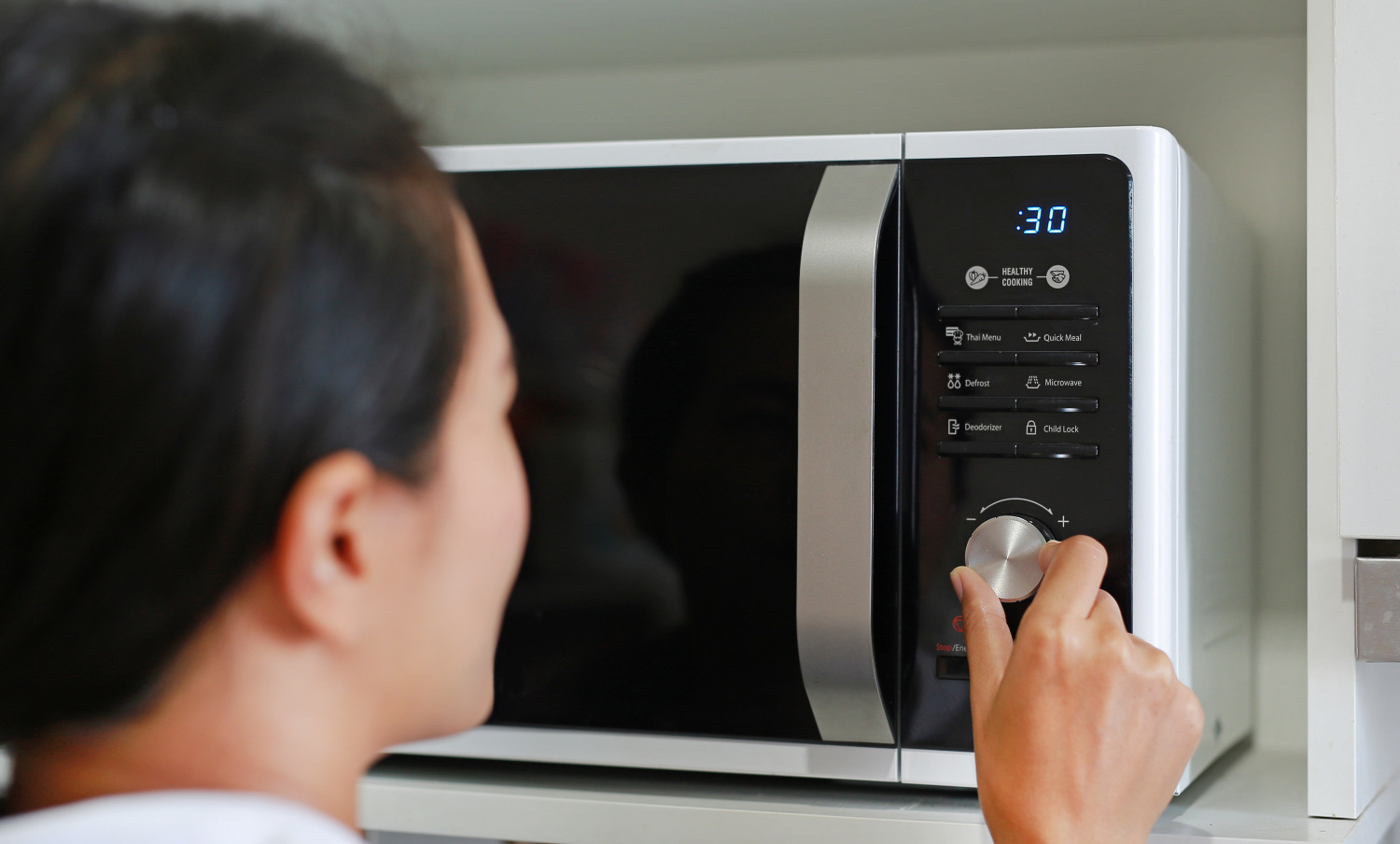
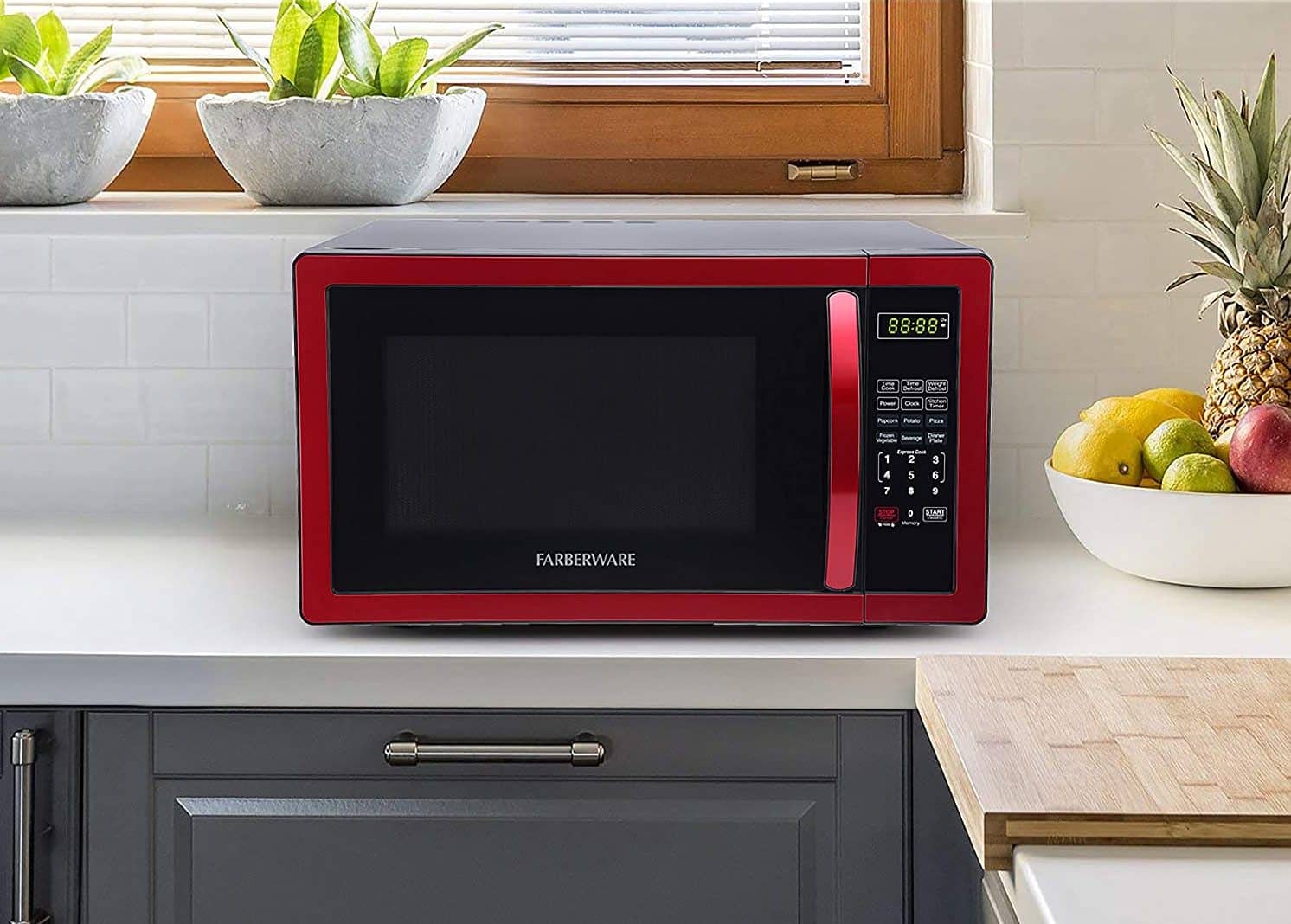
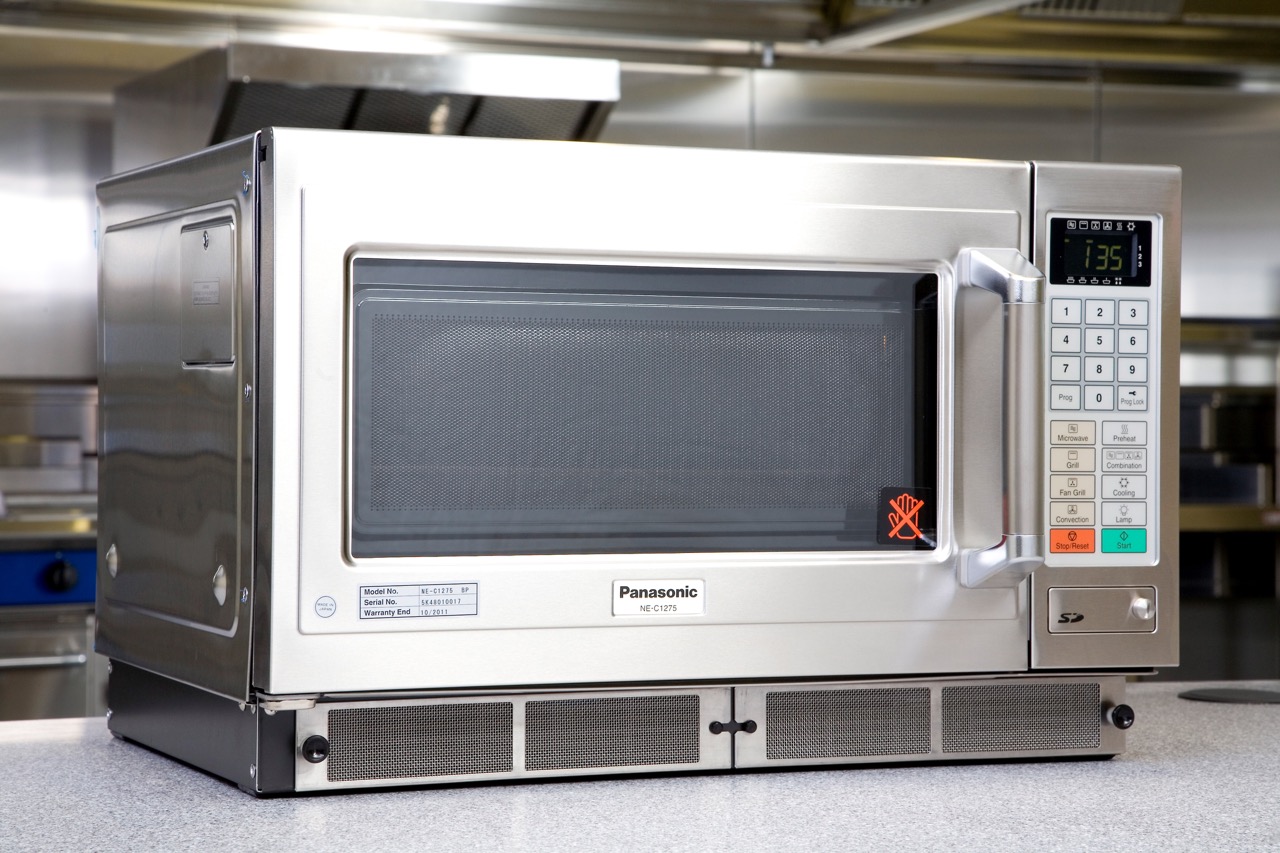
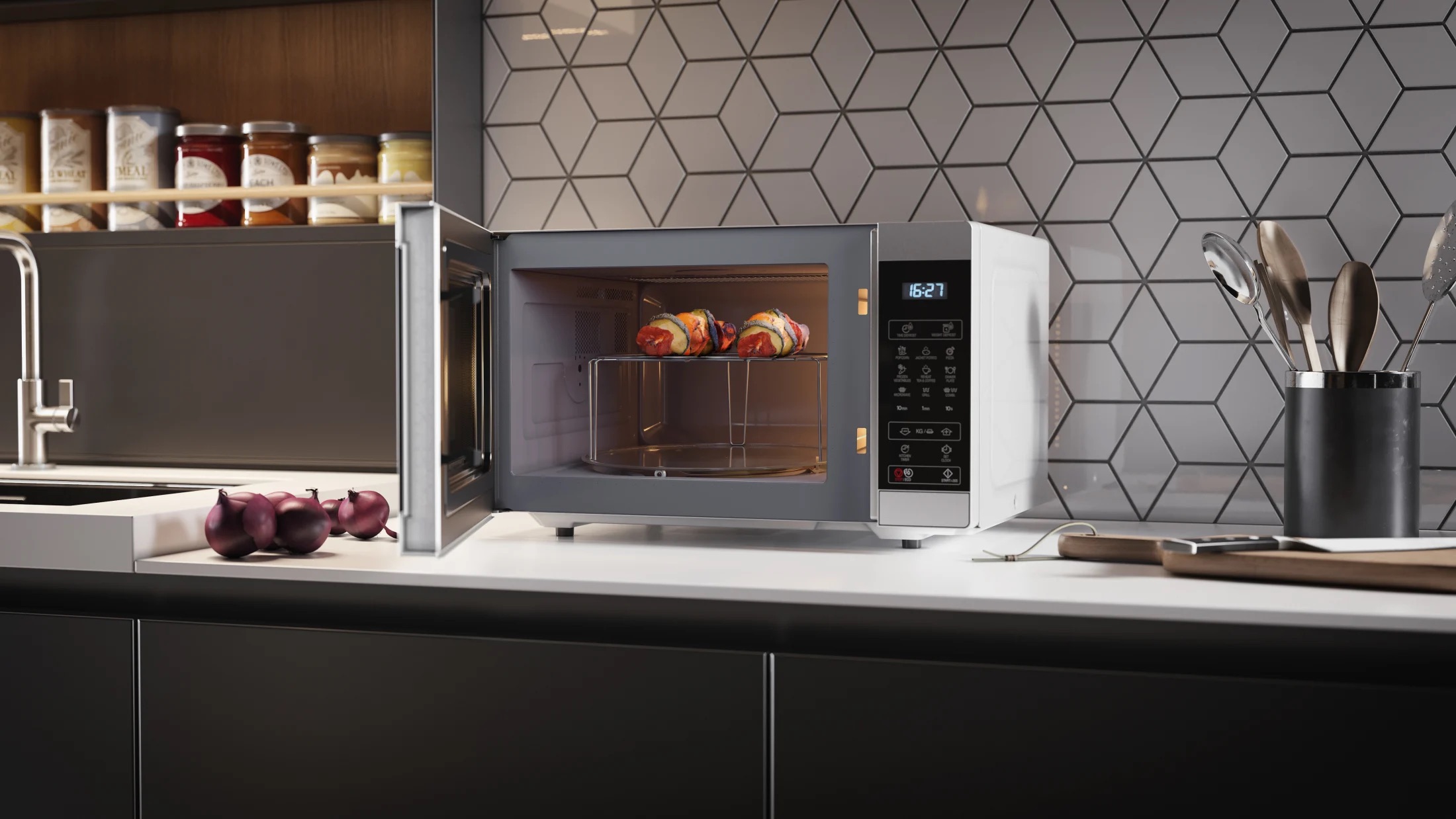
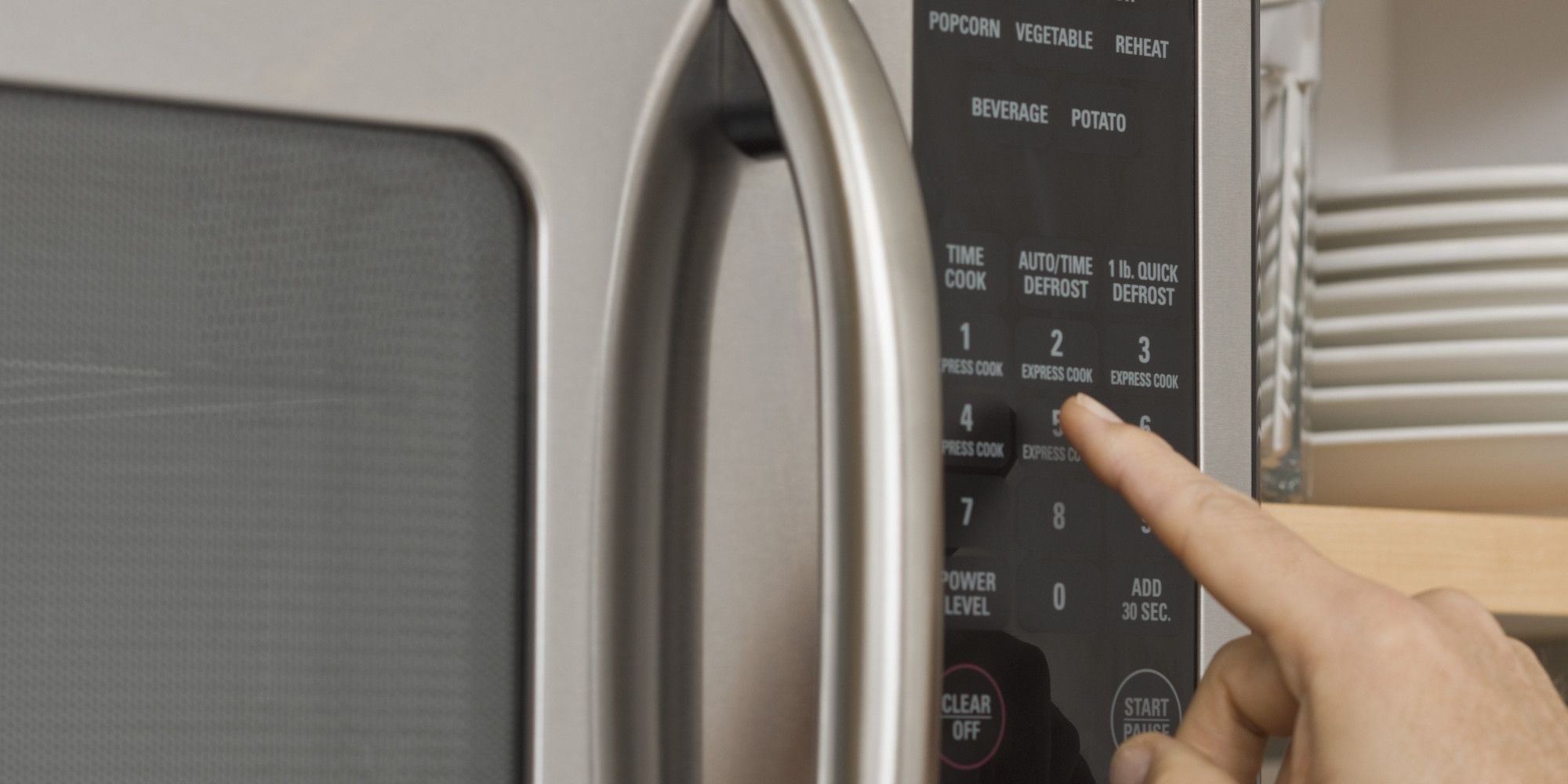
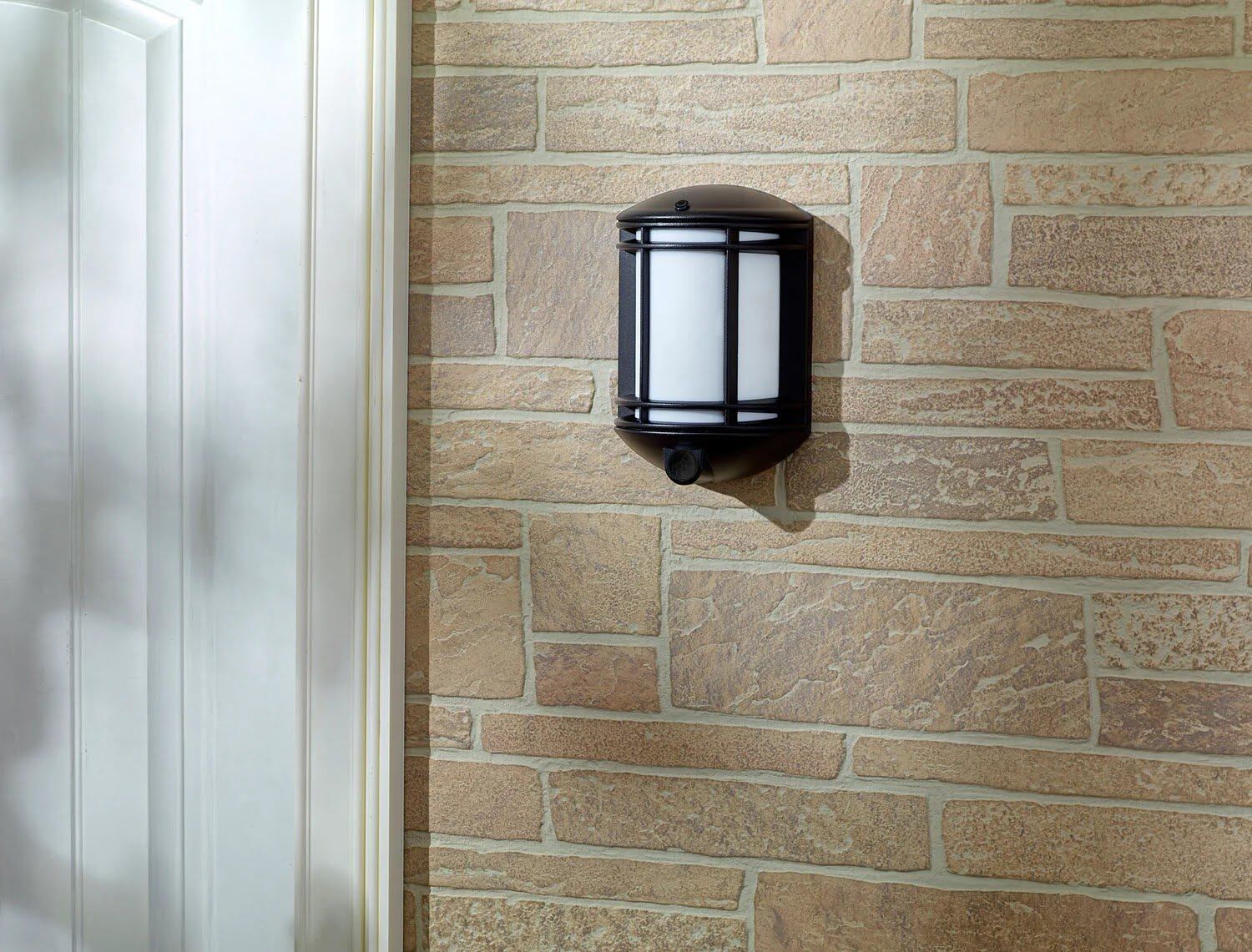
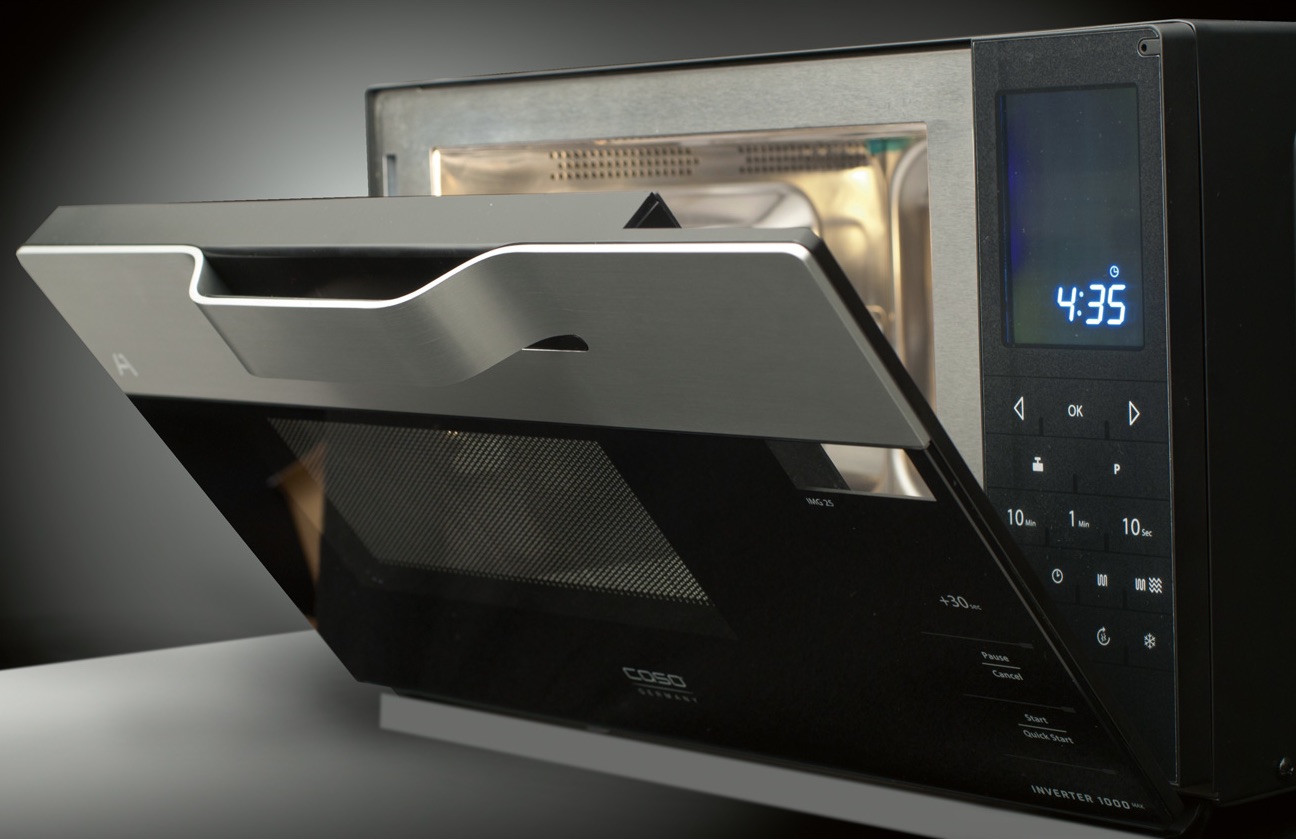
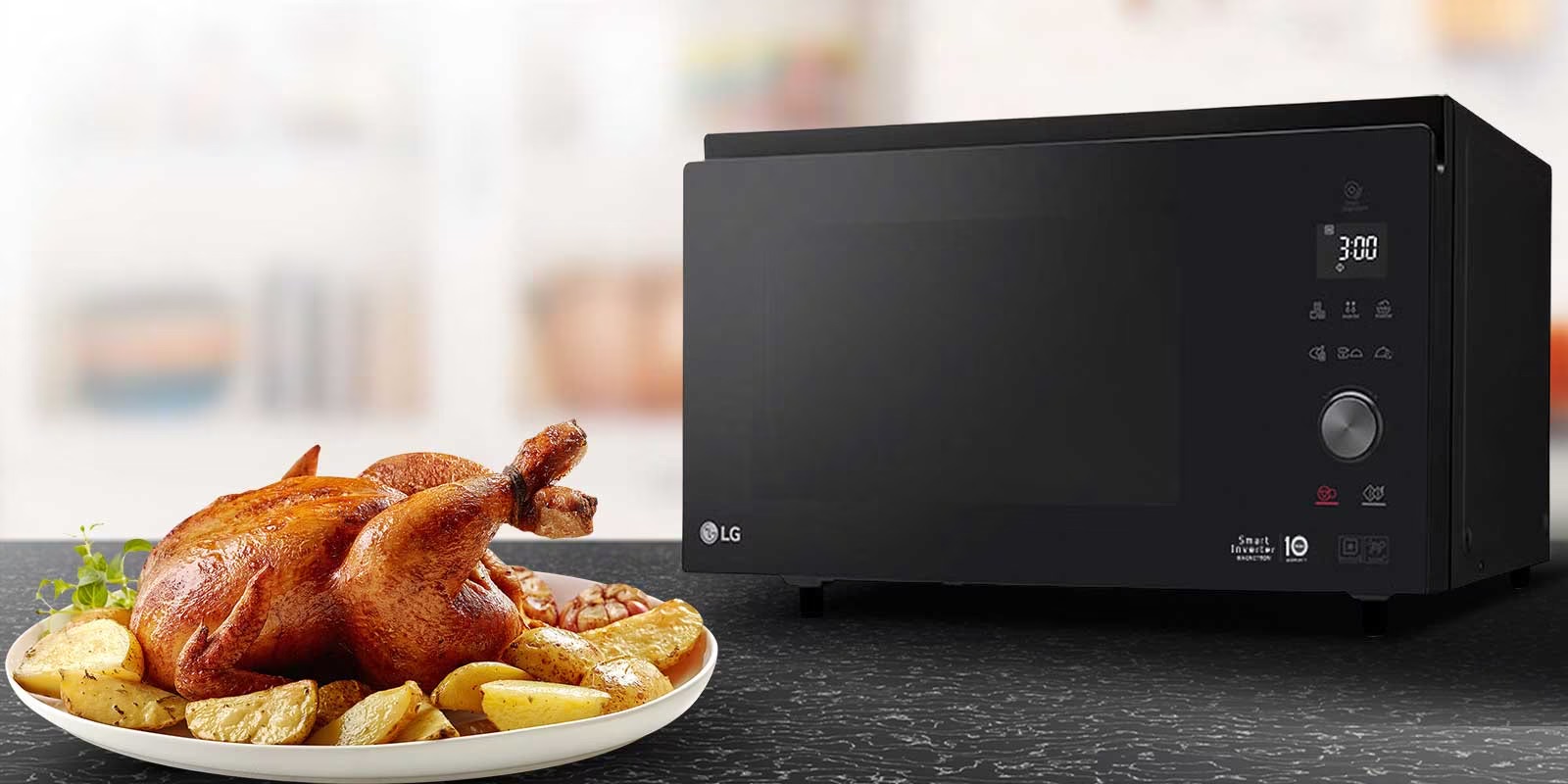


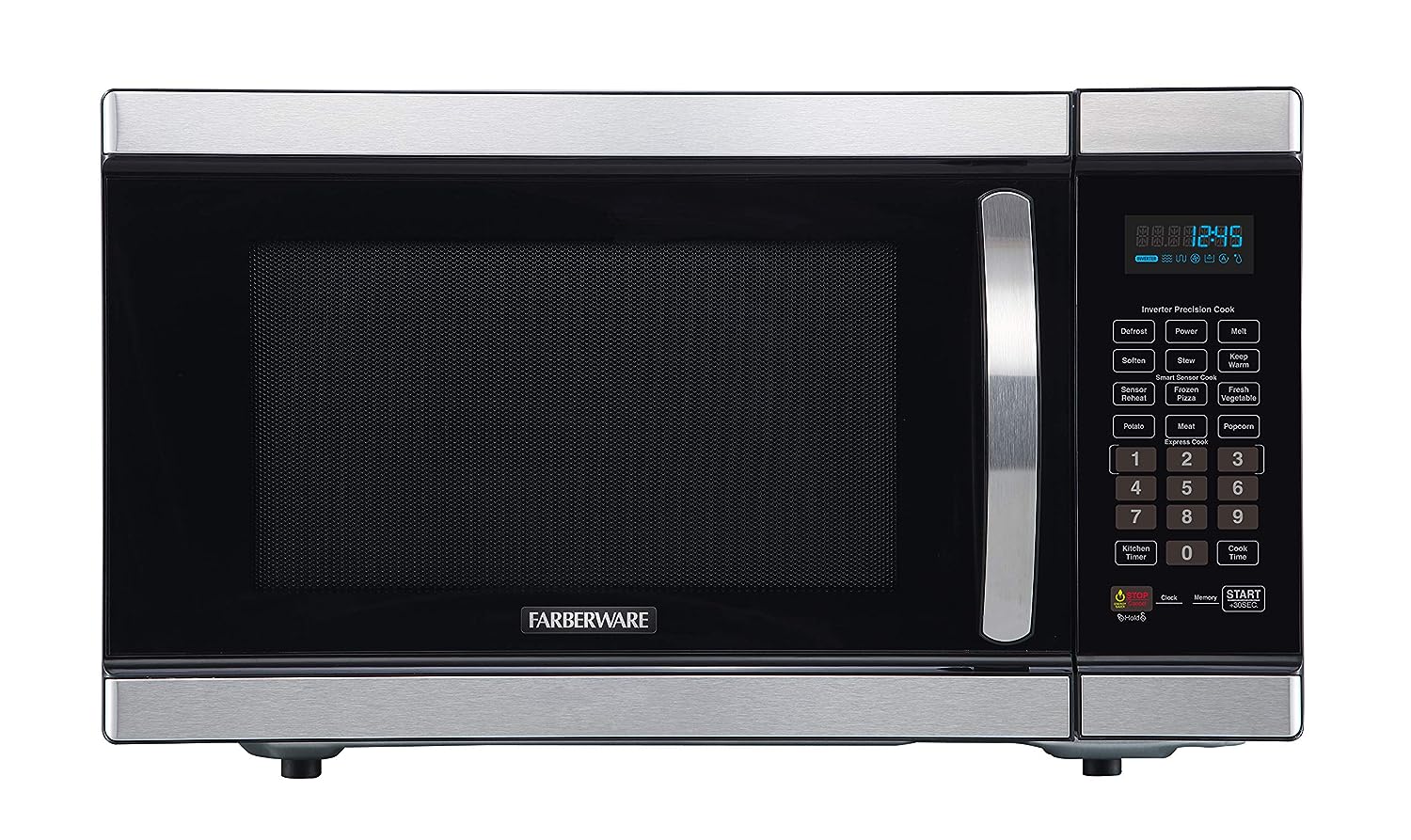
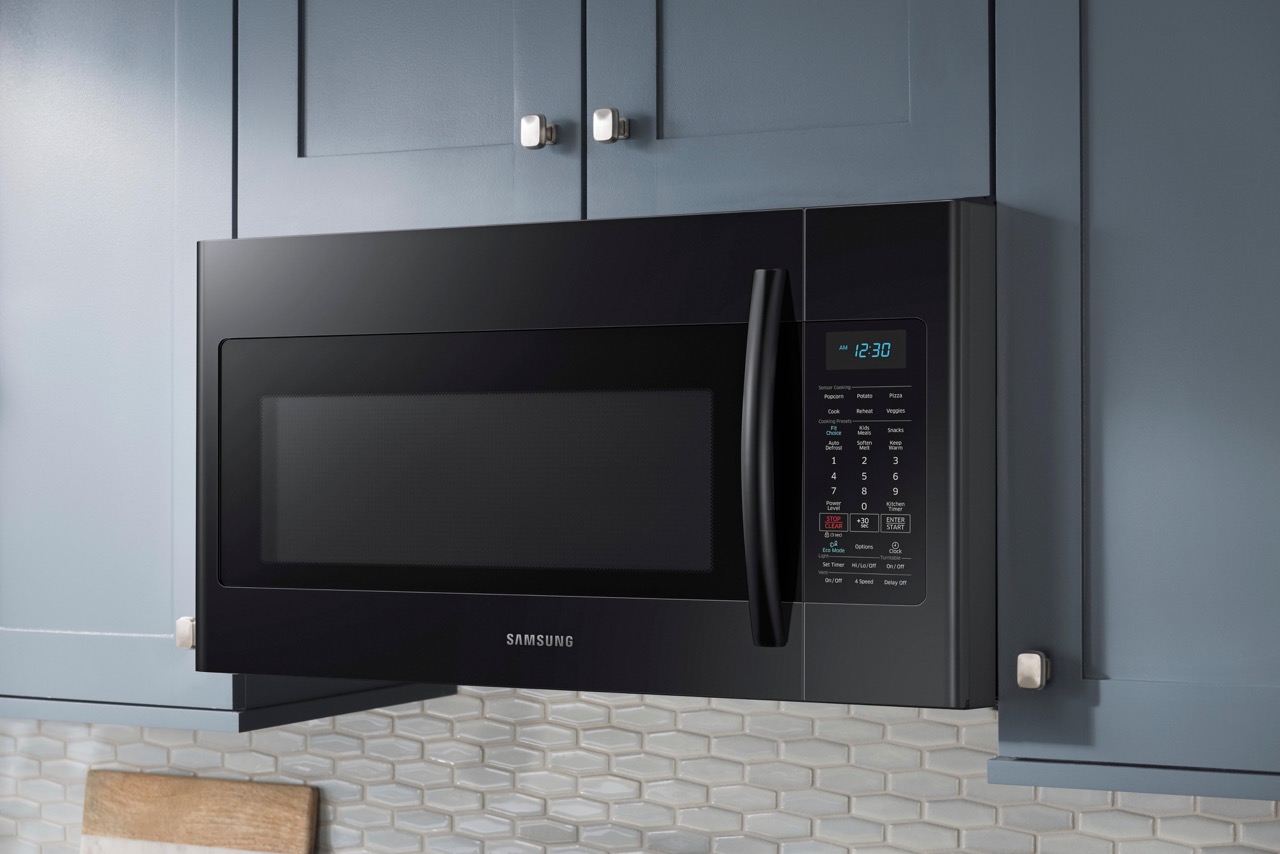
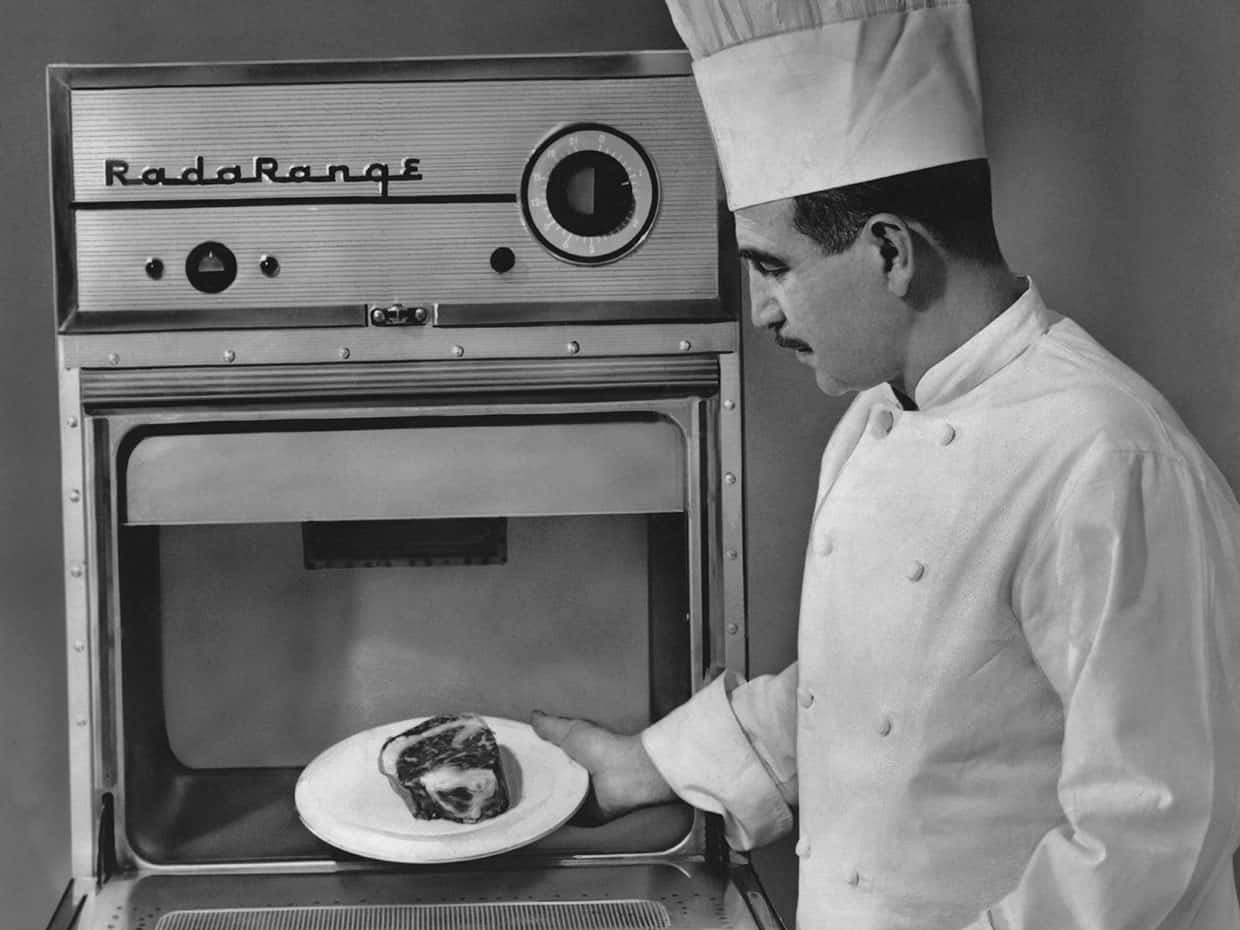
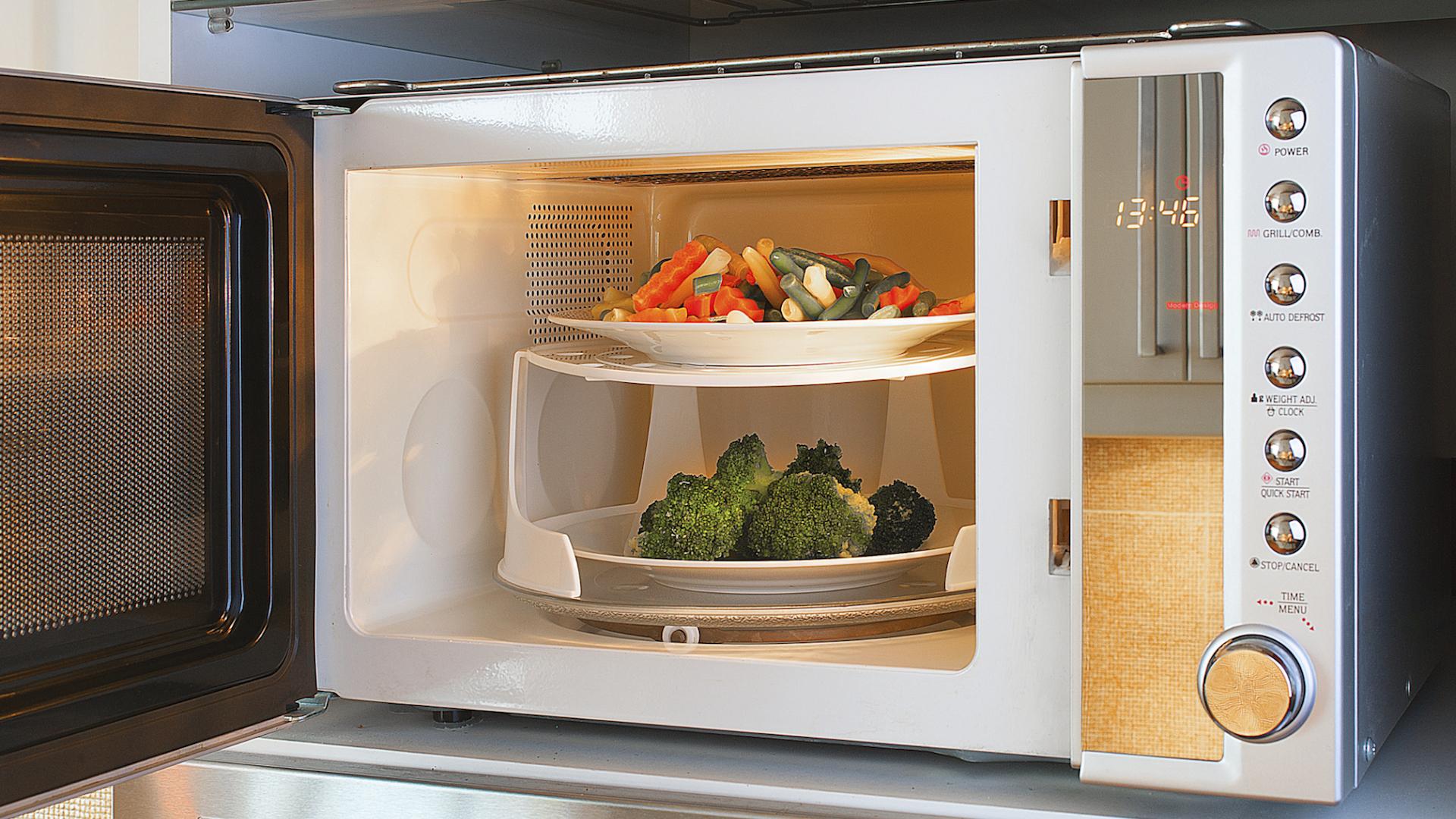

0 thoughts on “What Is The Approximate Power Of A Typical Microwave Oven”